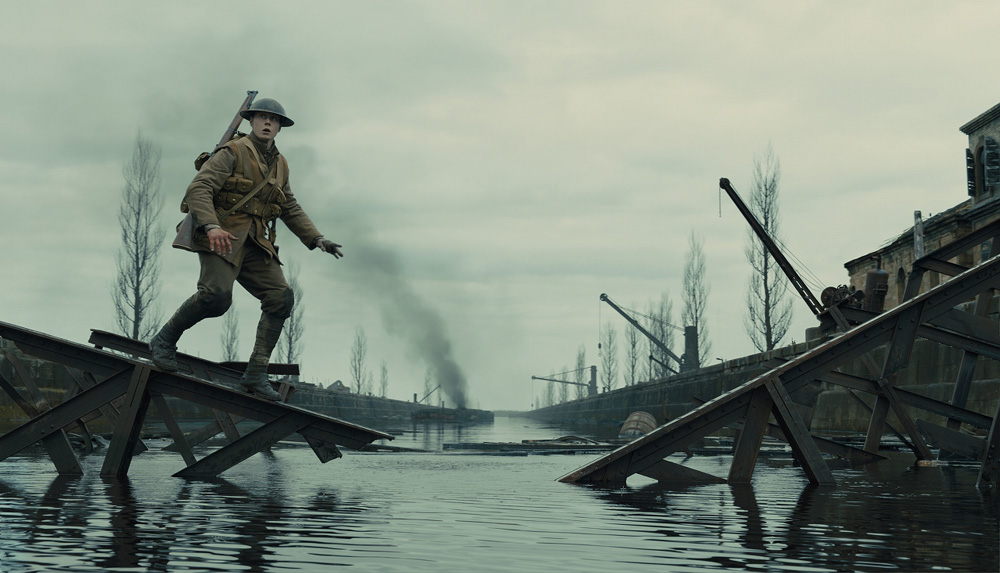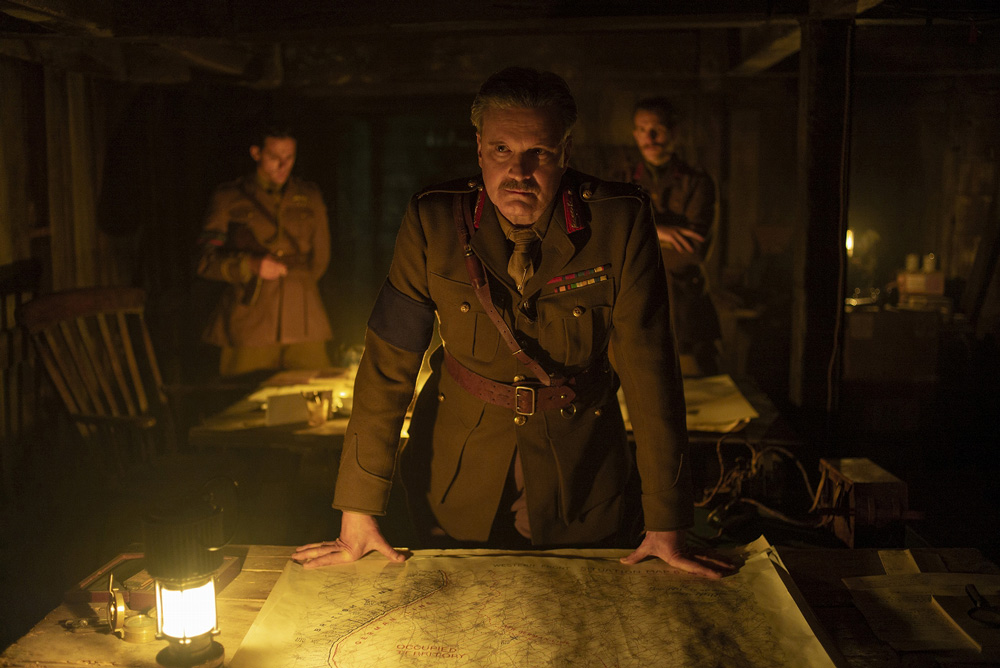![We rehearsed more than 50 times more than usual. Director Sam Mendes “1917” [Director’s Interview Vol.53]](https://cinemore.jp/images/7d0a60690b1ecbcdfc1330603fae8854af81995d63a18b6afa461ad95fa418d4.jpg)
We rehearsed more than 50 times more than usual. Director Sam Mendes “1917” [Director’s Interview Vol.53]
Nominated for ten categories at this year's Academy Awards, including Best Picture and Best Director , 1917 shot in a single take. The film takes viewers into the heart of the war along with a young soldier delivering a message to save the life of his comrades. It has been 20 years since his directorial debut , American Beauty(1999), won the Academy Awards for Best Picture and Best Director. We spoke to Sam Mendes, who has delivered another masterpiece that will remain in film history, about his thoughts on the single take, the difficulties of filming, and the joys of being a director.
Index
- The one-shot footage was the intention from the beginning of the project.
- I want to express the feeling of being thrown into a battlefield.
- "Heaven and Inferno" is my masterpiece
The one-shot footage was the intention from the beginning of the project.
Q: I heard that "1917" is based on the story of your grandfather, who served in World War I. What inspired you?
Sam: When I was 11 or 12 years old, my grandfather told me stories about the war. I remember them well because he never told us kids about them. I was surprised that it wasn't about heroism or courage, but about the fact that he survived by chance or luck. "1917" is not a reenactment of my grandfather's experiences, but the stories from those times were certainly the source of the work.
Q: Your grandfather was 5'4" (162cm) tall, so was he the model for the character of Blake in this film?
Sam: No, Blake is a completely original character that I created. The story of my grandfather was merely a starting point. Of course, the mission of the messenger was inspired by his story, but everything about the story, including the setting, is basically fiction.

Q: At what point did you come up with the idea to film the entire film in one take?
Sam: It was an idea from the moment I decided to make a movie with this story, that is, from the beginning of the project. I remember being excited about the challenge of connecting it in one shot, assuming a length of about two hours. I want the viewers to feel connected to the characters at every moment. To do that, we need to walk together on the battlefield. That was the inevitability of one shot.
Q: What was the most difficult scene to capture in one take?
Sam: Every scene (laughs). First, I thought about the overall composition, and then how the camera would move and what kind of images I wanted to aim for. Scenes where the camera plays a subjective role to enhance intimacy with the characters. Scenes where the camera takes an objective perspective to show their mental landscapes, their perception of the surroundings, and the supporting characters. Scenes where the camera takes an overhead view to express the scale of the journey. I needed to combine them well.
Q: Was it mainly the camera movement that was the driving force, and the actors acted in accordance with it?
Sam: That was the biggest challenge. There was a danger of losing the emotions of the characters by prioritizing the camera movement too much. The actors' performances could be great, but the camera movement could be unfinished, or vice versa. It was always like a seesaw to decide which to prioritize. In a normal film, you can make that decision during the editing stage, but with this film, which was shot in one take, that was impossible.

Q: That means a lot of rehearsal is required. As a stage director, I've heard that you also place importance on rehearsals in movies...
Sam: We do rehearse, but we trust the actors, so we don't do so much in normal movies. But this time, we rehearsed more than 50 times as much as usual. For example, in a moving scene, we have the actors speak the lines and check how many seconds it will take and how far they will travel. We put flags and stakes in the ground, and once the distance is decided, we create an orchard or something like that. In other words, it's a process of rehearsing and then completing the set. Also, in order to unify the actual shooting in one take, it can only be done on cloudy days, so we used sunny days for rehearsals. I think that this amount of rehearsal allowed the actors to incorporate the performance into their physical memory. It takes time to make them forget that they are acting and become "alive" in the scene.
I want to express the feeling of being thrown into a battlefield.

